The Pareto Principle or 80/20
more topics
Origins
The Pareto Principle, often called the 80/20 Rule, was introduced by Italian economist Vilfredo Pareto in 1896 after observing that 80% of Italy’s land was owned by just 20% of the population. He later noticed the same pattern appearing in other areas of life and work, leading to the idea that roughly 80% of outcomes are driven by 20% of causes. This principle has since become a cornerstone in business, productivity, and strategy. Twennie is named after the Pareto Principle, so it has special meaning for us.
The Power to Prioritize and Focus
In business, the Pareto Principle helps teams focus on what matters most. Often, 80% of profits come from 20% of clients, or 80% of sales from 20% of products. Understanding this allows organizations to direct energy toward high-impact priorities rather than spreading resources too thin. At Twennie, we embrace this mindset in everything we do—helping professionals and teams identify the vital few actions that drive the greatest results.
80/20 and the Individual
This principle doesn’t just apply to organizations—it applies to individuals too. Many people find that a small percentage of their tasks or relationships account for most of their satisfaction, success, or even stress. Twennie helps working professionals apply this insight to their own growth, focusing on the 20% of actions that build skills, foster collaboration, and make a meaningful difference. It’s a smarter way to learn, lead, and thrive at work.
suggested KPIs for this topic
These KPIs help you apply the Pareto Principle (80/20) in your organization and as an individual — identifying the “vital few” clients, projects, tasks, and habits that drive most of your results.

